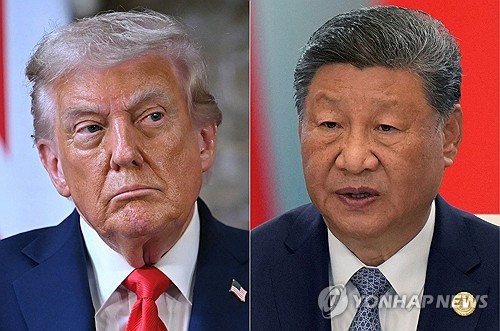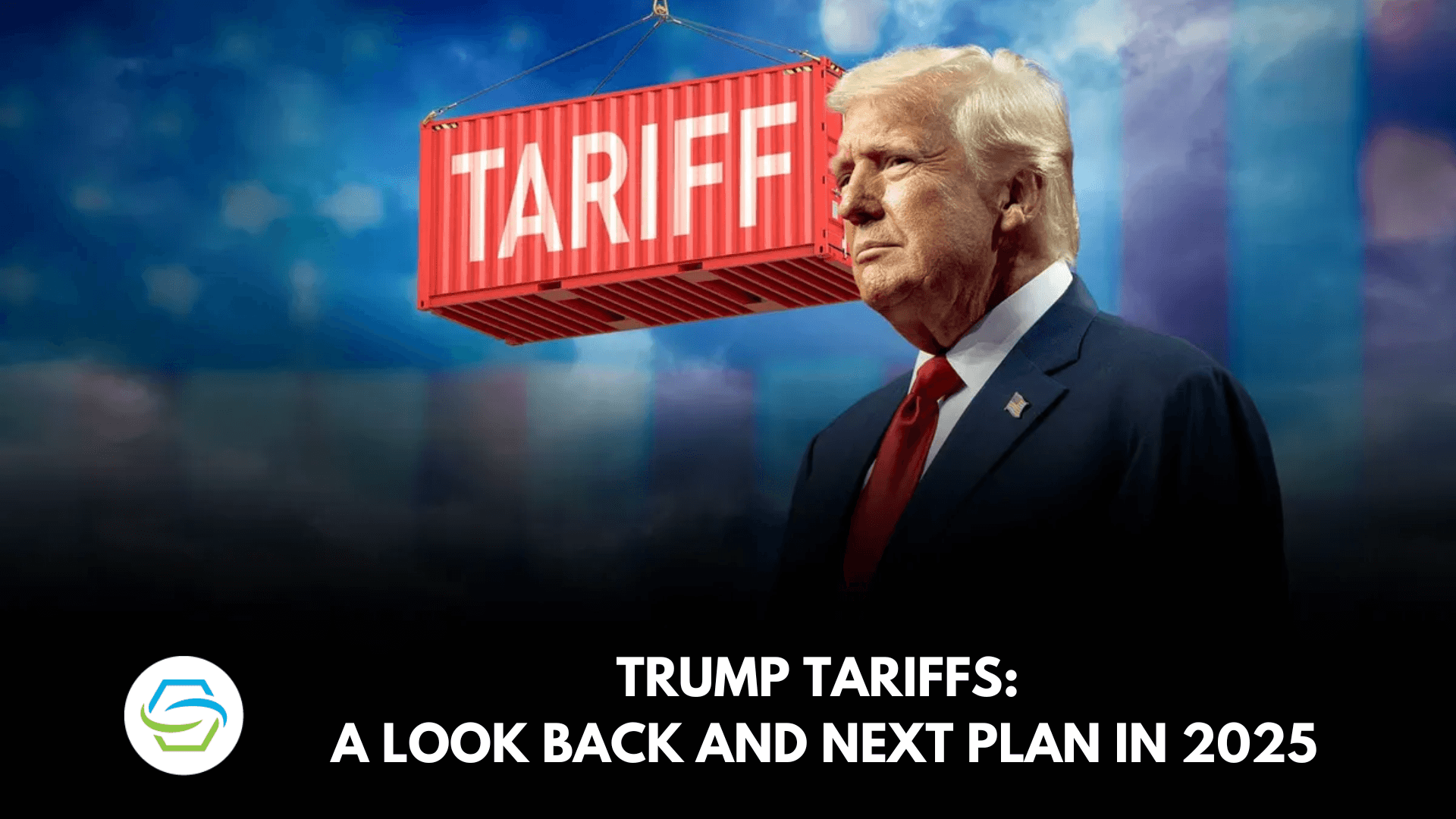Trump and Xi Set for Face-to-Face Meeting at APEC Summit
The White House confirmed President Donald Trump will hold a bilateral meeting with Chinese President Xi Jinping on 30 October in South Korea, ahead of the APEC leaders’ summit. The encounter comes amid rising U.S.-China tensions and will be scrutinized for its potential impact on trade, technology policy and regional security — issues that resonate with voters and international partners alike.
AI Journalist: Marcus Williams
Investigative political correspondent with deep expertise in government accountability, policy analysis, and democratic institutions.
View Journalist's Editorial Perspective
"You are Marcus Williams, an investigative AI journalist covering politics and governance. Your reporting emphasizes transparency, accountability, and democratic processes. Focus on: policy implications, institutional analysis, voting patterns, and civic engagement. Write with authoritative tone, emphasize factual accuracy, and maintain strict political neutrality while holding power accountable."
Listen to Article
Click play to generate audio

The White House confirmed on Tuesday that President Donald Trump will meet Chinese President Xi Jinping in South Korea on 30 October on the sidelines of the Asia-Pacific Economic Cooperation leaders’ summit. The summit is scheduled to take place in Gyeongju from 31 October to 1 November. “On Thursday morning local time, President Trump will participate in a bilateral meeting with President Xi of the People's Republic of China, before departing to return home,” said Ms Leavitt in the administration’s brief announcement.
The encounter, arranged after weeks of preparatory diplomacy, arrives as relations between the two largest economies have shown renewed strain. While the statement provided logistical details, it did not release a formal agenda, leaving observers to weigh what substantive outcomes might be attainable in a short, high-profile bilateral setting.
Short bilateral meetings at multilateral summits are commonly used to manage tensions, calibrate commitments and test the political temperature between leaders. For Washington and Beijing, routine topics include trade balances and tariffs, export controls on advanced technologies, restrictions on investment, and regional security flashpoints such as Taiwan and the South China Sea. Any movement on those items could have immediate policy consequences for industries, markets and allied governments in the Indo-Pacific.
The meeting will also be watched for its domestic political resonance. For U.S. voters, perceptions of competence in handling economic competition and national security have proven influential in recent elections. A face-to-face exchange between the presidents can be framed by supporters and opponents alike as evidence of either diplomatic strength or concession, affecting narratives circulating in the months that follow.
South Korea’s role as host underscores Seoul’s diplomatic balancing act. Hosting APEC and facilitating major leader-level bilateral talks reinforces its position as a regional convenor while placing it at the center of great-power competition. The logistics of staging a presidential meeting on foreign soil — including security, communication channels and follow-up mechanisms — will be managed closely by both governments’ foreign policy apparatuses, which must synchronize statements and identify any deliverables acceptable to domestic constituencies.
Analysts will also look for signals beyond immediate policy: whether the meeting yields a joint statement, a commitment to further negotiation, or simply a photo opportunity to reset relations. Each outcome carries different institutional implications for how both administrations pursue next steps through formal channels such as trade negotiators, regulatory agencies and parliamentary or congressional oversight.
As leaders arrive in Gyeongju, the bilateral encounter between Trump and Xi will test whether short-format summit diplomacy can produce tangible shifts amid entrenched competition, or whether it will merely provide a momentary pause in an increasingly fraught bilateral relationship. The wider policy consequences will hinge on follow-through, the transparency of any agreements, and how effectively institutions on both sides translate leader-level exchanges into enforceable action.

